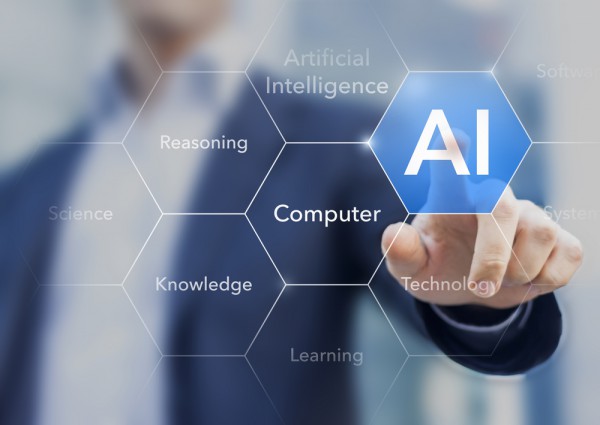IBM aims to breakdown barriers to AI adoption

IBM is unveiling a set of new AI capabilities that aim to reduce some of the top barriers to AI adoption and drive down the cost and time investment it currently takes to build and implement AI applications.
The expansion to its embeddable AI software portfolio sees the release of three new libraries designed to help IBM Ecosystem partners, clients and developers more easily, quickly and cost-effectively build their own AI-powered solutions and bring them to market.
"Enterprises must commit to a significant investment in expertise, resources and time required to build, deploy and manage AI-powered solutions," says Kate Woolley, general manager, IBM Ecosystem. "By bringing to market the same portfolio of embeddable AI technology that powers our industry-leading IBM Watson products, we are helping Ecosystem partners more efficiently deliver AI experiences that can drive business value for their clients."
The new libraries include innovations developed by IBM Research as well as open source technology and are designed to reduce the time and resources required for a developer to add powerful AI to an application.
The three new libraries available today are:
IBM Watson Natural Language Processing Library -- designed to help developers provide capabilities to process human language to derive meaning and context through intent and sentiment.
IBM Watson Speech to Text Library -- designed to enable speech transcription with speed and accuracy to help businesses improve customer service experiences.
IBM Watson Text to Speech Library -- designed to enable developers to convert written text into natural sounding audio with accuracy in a variety of languages and voices within an existing application.
This latest release builds on IBM's existing portfolio of embeddable AI products, which includes things such as IBM Watson Assistant, IBM Watson Discovery, IBM Instana Observability, IBM Maximo Visual Inspection and IBM Watson APIs. Using IBM's embeddable AI portfolio, IT decision makers can use AI to uncover business insights and build enhanced end user experiences.
Photo Credit: NicoElNino/Shutterstock
